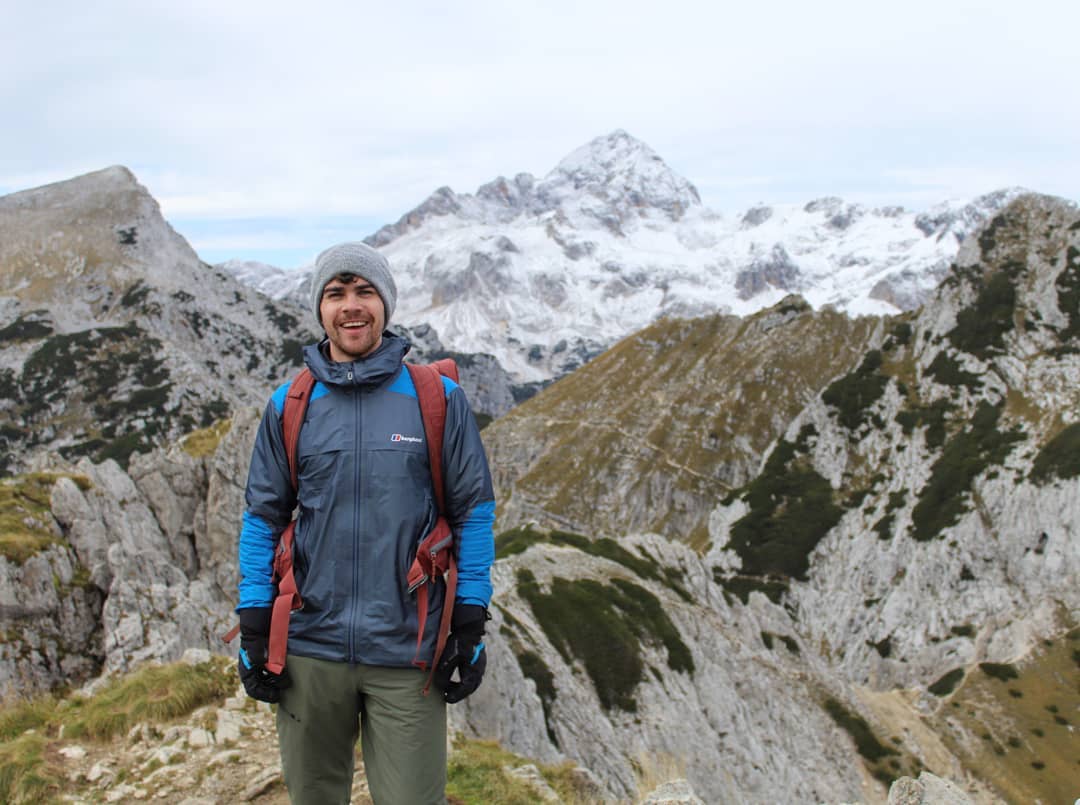Slovenia is a country which is well known for its beauty at this point, but almost a third of all overnight stays in the country each year are split between just three places - the green capital of Ljubljana, Piran (on the coast, by the Adriatic Sea) and the famous lakeside town of Bled.
Like a lot of folk, when I first visited Slovenia, I spent most of my time in these well-known spots. Arriving in Ljubljana, I visited the castle, walked through Tivoli Park, cycled the streets and drank in the (excellent) wine bars of the Slovenian capital. Venturing northwest, I walked the 3.7-mile circuit (6km) around Lake Bled, a place as postcard-perfect as anywhere I know, and visited Soteska Vintgar Gorge, Savica Waterfall and cannonballed into Lake Bohinj.
I’ve since been paragliding in the Vipava Valley, white water rafting down the Soča, climbed Mount Triglav...
Venturing to the northern boundaries of Triglav National Park, I snapped photos of the dual, man-made waters of Lake Jasna, which reflect Mount Prisank and Mount Razor back off the water. Don’t get me wrong, each of these locations is genuinely beautiful and absolutely worthy of your time, but there’s so much more to discover in this land of mountain greenery, beyond the usual hotspots.
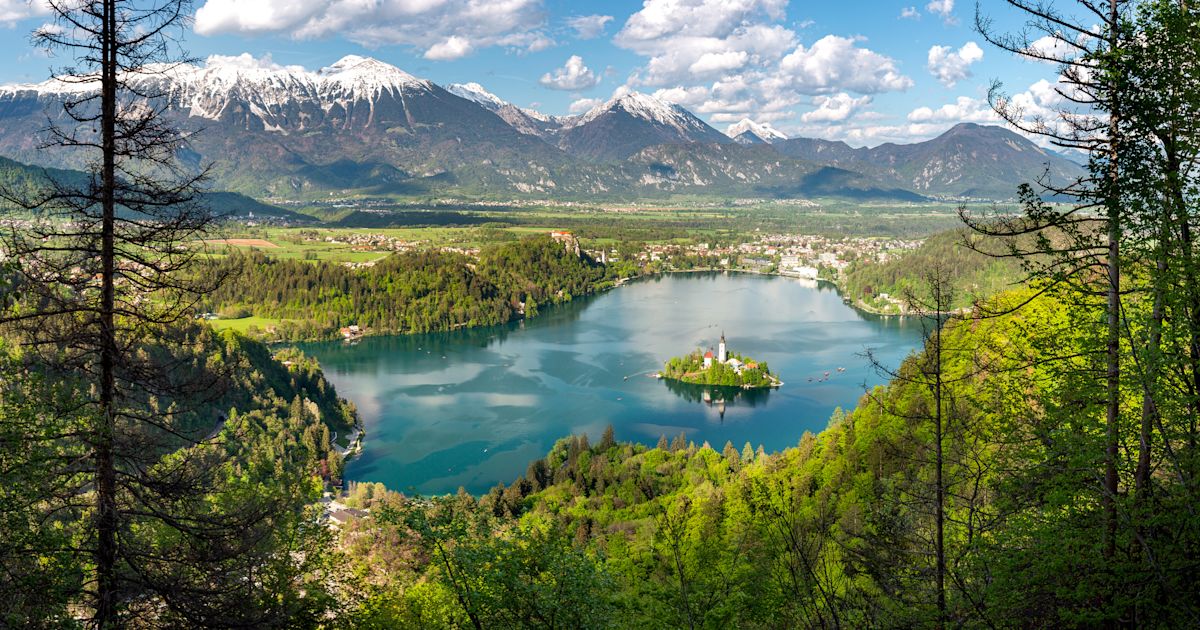
I’ve since been paragliding and mountain biking in the Vipava Valley, white water rafting and canyoning down the Soča River, climbed Mount Triglav, cycled up, down and across so much of this green, welcoming country and had the joy of sampling the hospitality (plus the wineries and microbreweries along the way).
Here are a few tips, so you know what I wish I knew before visiting Slovenia.
The best viewpoints are up, up, up - and best found with a guide
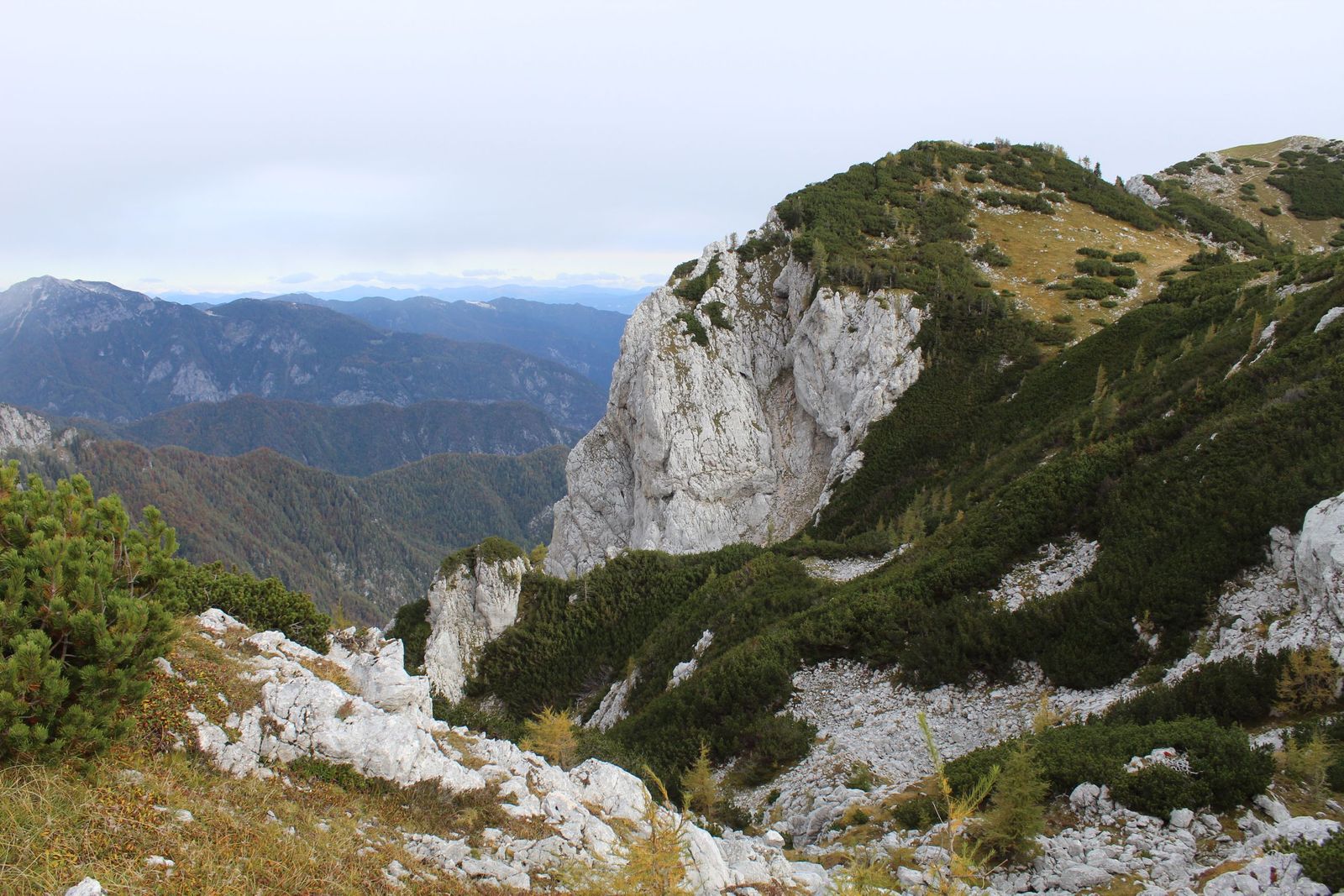
Over 60% of Slovenia is forested. Now, consider that a lot of those forests run up foothills or high-rising mountain slopes, and you can imagine just how many hiking trails there really are hidden around this country. Most of the obvious routes for visitors are down on the floor of Slovenia, but every one of the viewpoints that made me fall in love with the country required a long, sweaty ascent - and while I've done plenty of solo hiking, these also required a guide.
Over 60% of Slovenia is forested.
Here's a quick example. I came to Slovenia to climb Mount Triglav in 2019. At 2,864m (9,396ft), it’s the highest peak in the country. Unfortunately, 30cm of fresh snow on the mountain top - paired with poor visibility, and the fact a high-altitude via ferrata is required to reach the summit - meant we had to detour.
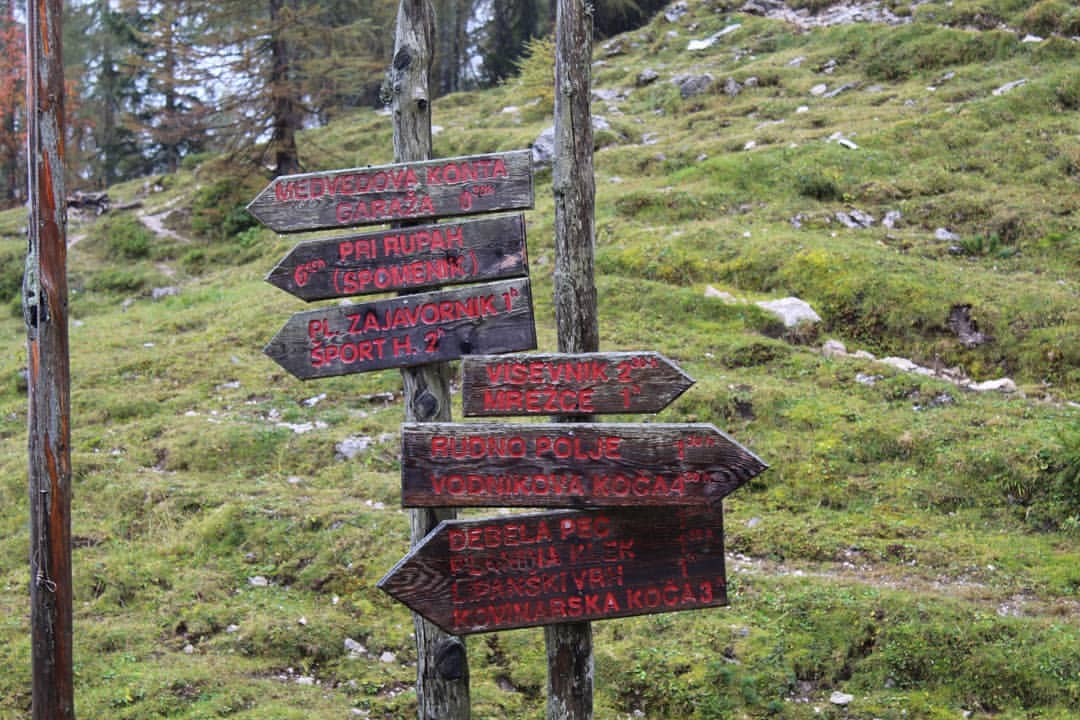
This could have been the end of our journey. Instead, our guide created a new route, leading us to an overnight stay in the Blejska Koča mountain hut (at 1,630m/5,347ft). We bagged several peaks the next day, culminating in an ascent of Viševnik at 2,050m (6,725ft) - accessed via rugged ridgelines and hidden valleys, and emerging out to a jaw-dropping view of the snowy Triglav, down to Lake Bohinj and over layering forests, which were autumnal at the time.

This route was only partly waymarked, and involved several scrambles, iron ladders and some tight ridges with big, bad drops over the edge, so I don’t think I would’ve a) ever actually found this route or b) been comfortable doing it without a guide. But this became one of my favourite days out in the Julian alps.
It's beautiful walking around Bled, sure, but the best views require more work.
Use mega long-distance routes as day-hike inspiration
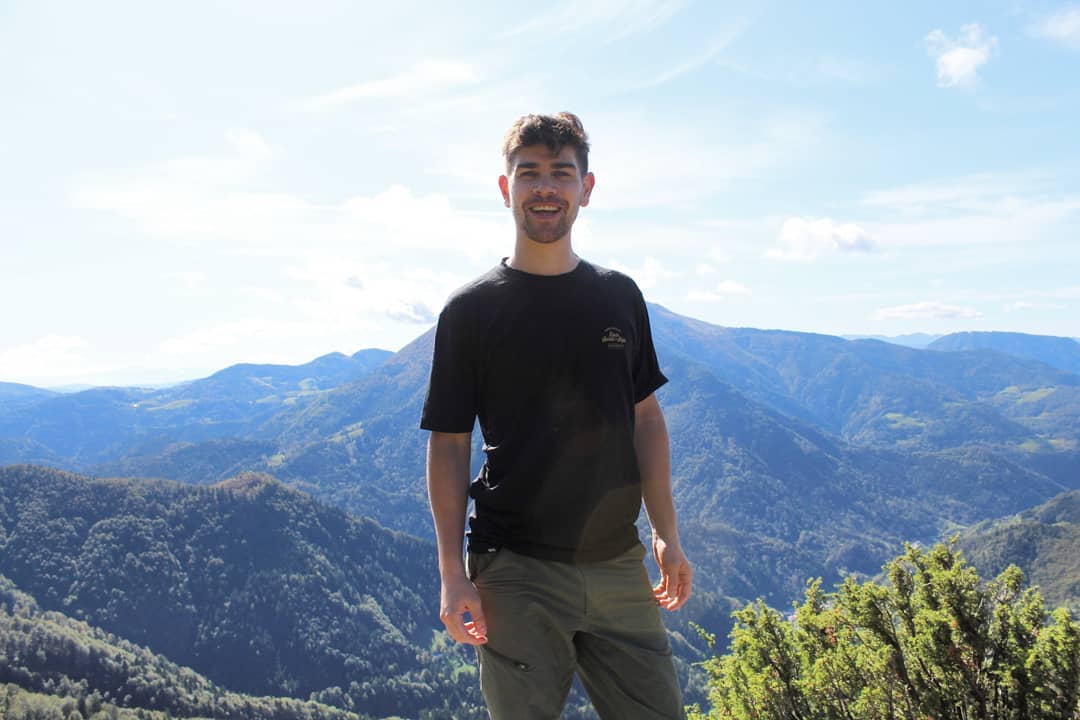
Slovenia is home to an array of super (and geninely superb) long-distance hiking routes, from the 20-stage Alpe Adria Trail, which connects Italy, Austria and Slovenia, to the 373-mile (600km) Slovenian Mountain Trail, which was created in 1953, making it the oldest connecting trail in the world. Of course, not everyone has the time or money to go and walk routes as long at these.
In 2021, I was invited back out to Slovenia for the launch of a new trail, the Juliana Trail, which is a circular, 168-mile (270km), 16-day, 16-stage trail around the Julian Alps and through surrounding towns. What I learned while walking it, and what most walking enthusiasts will already know, is that you don’t need to walk the entirety of a long-distance trail to make it worth your while.
World War I bunkers are built into the mountain face here, and offer remarkable panoramas of the lush Baška Grapa valley below...
Usually, walking a few chunks of a trail that will also be a great experience.
My favourite section of the Juliana Trail was stage eight - the route between Podbrdo and Bohinj. Accompanied by an excellent guide, Marko, and his mountain rescue dog-in-training Lily (below), we began the day on forest paths, later emerging out to the Vrh Bače saddle - high above a layering mess of green.
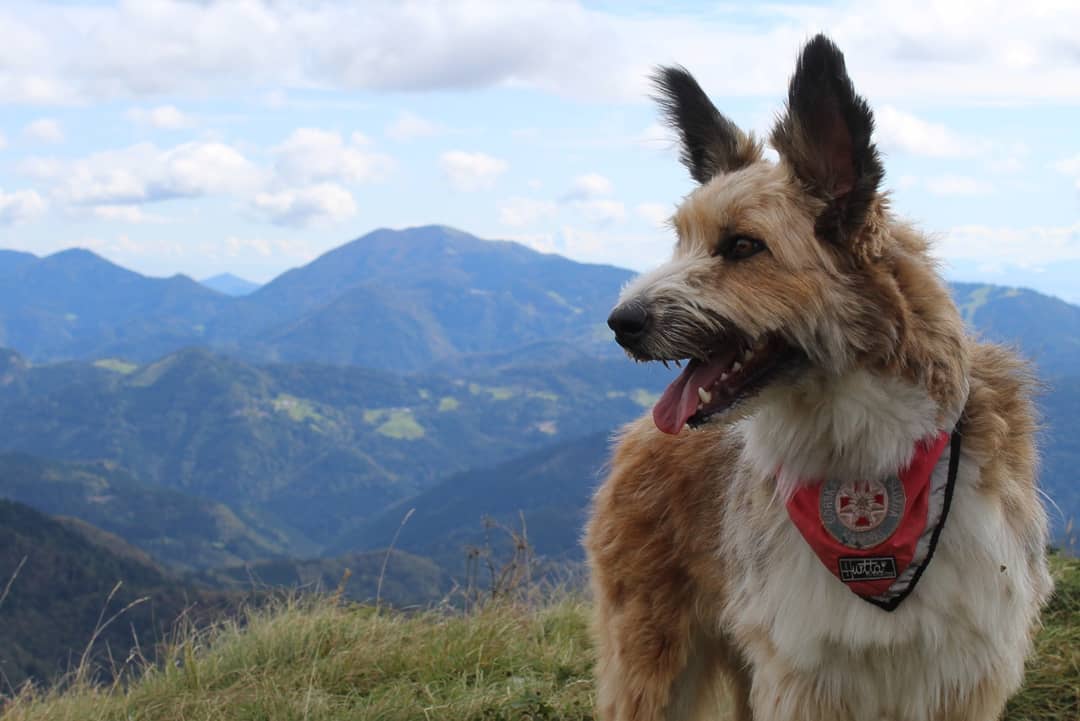
World War I bunkers are built into the mountain face here, and no matter where you stand, you'll find remarkable panoramas of the Baška Grapa valley below, with Podbrdo in the distance. A final ascent brought us to a peak with views out not just to Mount Triglav, but also to the Adriatic Sea. Then it was down to Bohinj.
This stage makes a great but quiet day hike, in a popular part of Slovenia.
If you’re looking to get out hiking in Slovenia but have limited time to do so, think about your ideal terrain (dreamy rivers, green hills or high up on rugged mountains, for example) and where you’ll be geographically. You can then use these super long-distance routes as reference points and inspiration.
Make the Soča Valley a must see
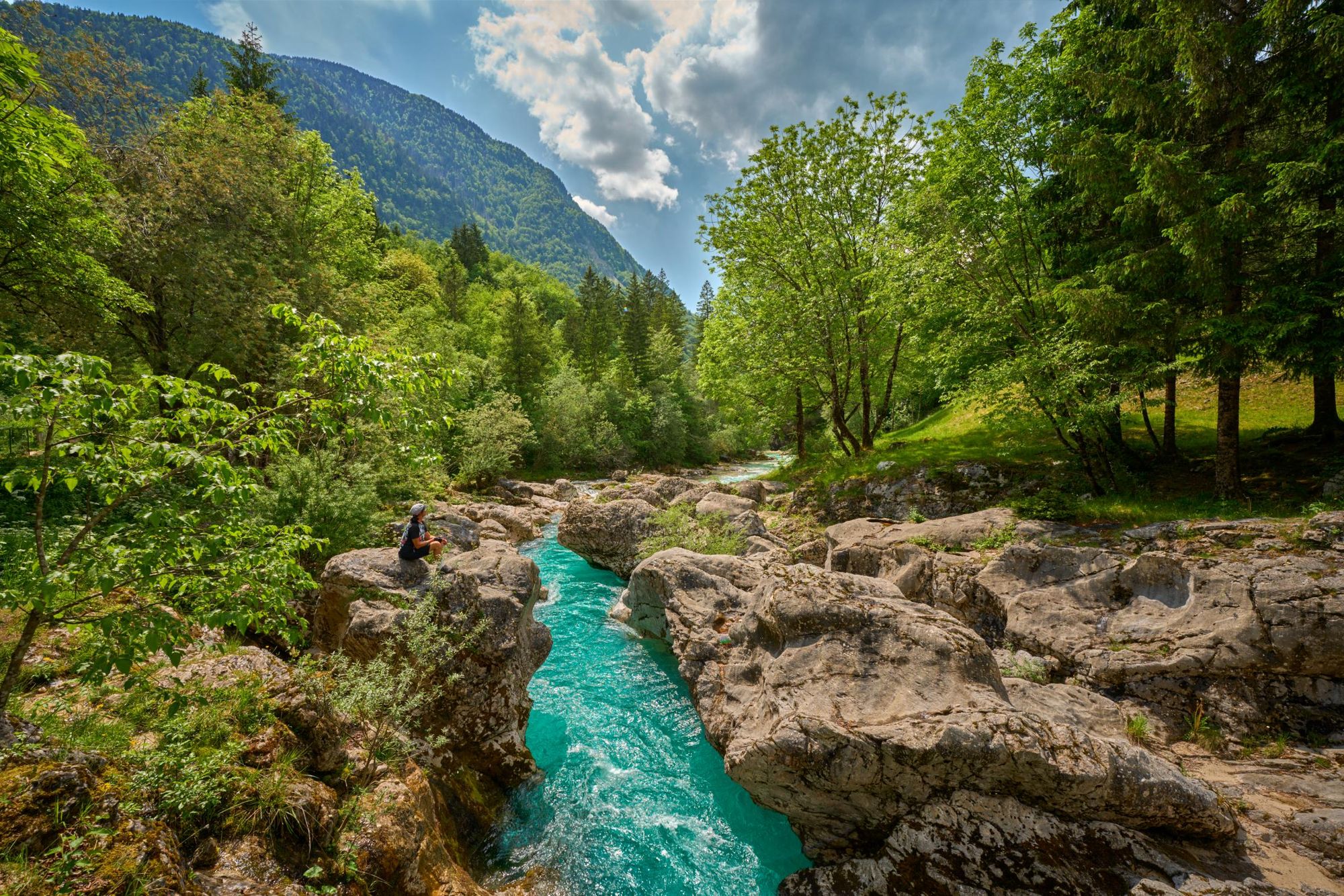
The Soča River should be as high up on your priority list as Lake Bled.
The emerald waters of this river have to be seen to be believed, and the fact that it is backdropped by mountains and lined with lush greenery and fascinating rock formations completes the scene. The river lends itself well to everything from tranquil stand-up paddleboarding to white water rafting; and from exhilarating canyoning excursions to multi-day ventures by kayak.
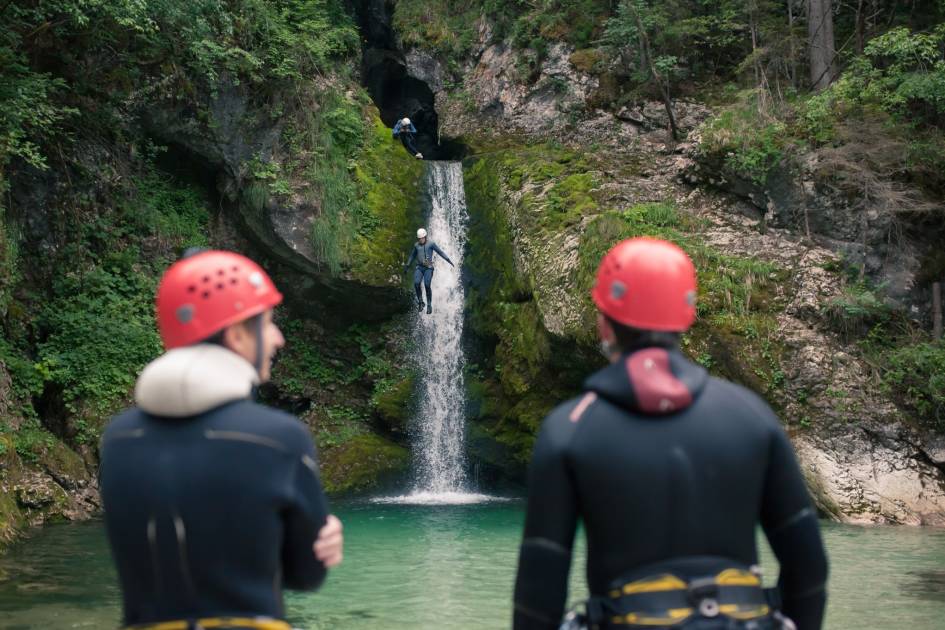
If you’d rather see it on foot, combine stages 11 and 12 of the Juliana Trail, which will take you 12.4 miles (20.1km) from Most na Soči to Kobarid via Tolmin.
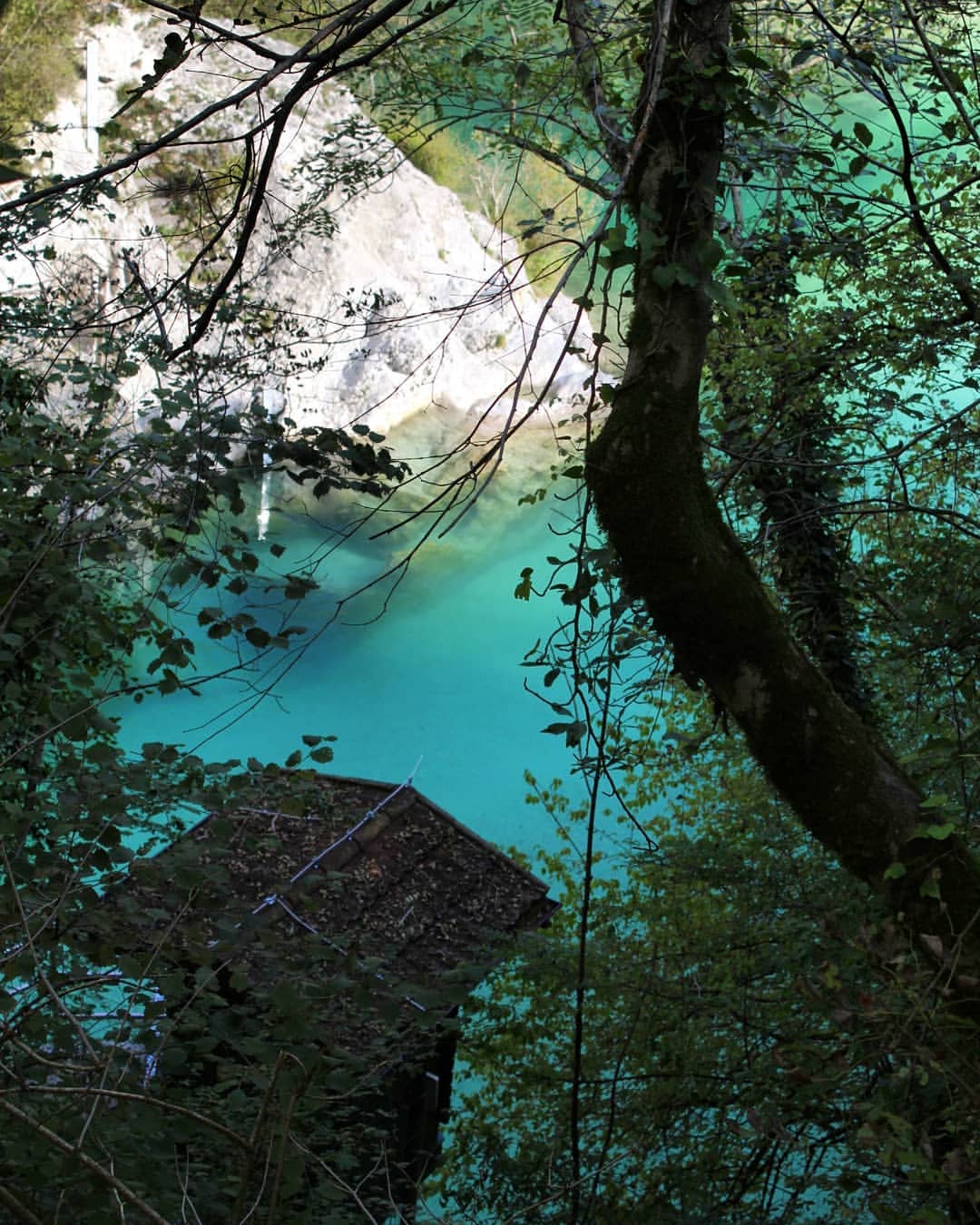
In Kobarid, learn about the Isonzo Front, which was one of the bloodiest campaigns in World War 1. Then eat and drink. The nearby Hiša Franko (Franko’s house) is the three-Michelin Star restaurant of Ana Roš, who has featured on Netflix’s Chef’s Table and put Slovenian cuisine on the map. Needless to say, you have to book well, well in advance if you want to eat at Hiša Franko.
For a less pricey dinner, my favourite spot here is Hiša Polonka. This down-to-earth eatery sources everything local - working with farmers, foragers, hunters and herbalists. Expect local meats, fish and salads. They have a passion for natural wine and you’ll also find FEO, a Soča-based microbrewery, served here.
The mountain biking in Slovenia is genuinely world class
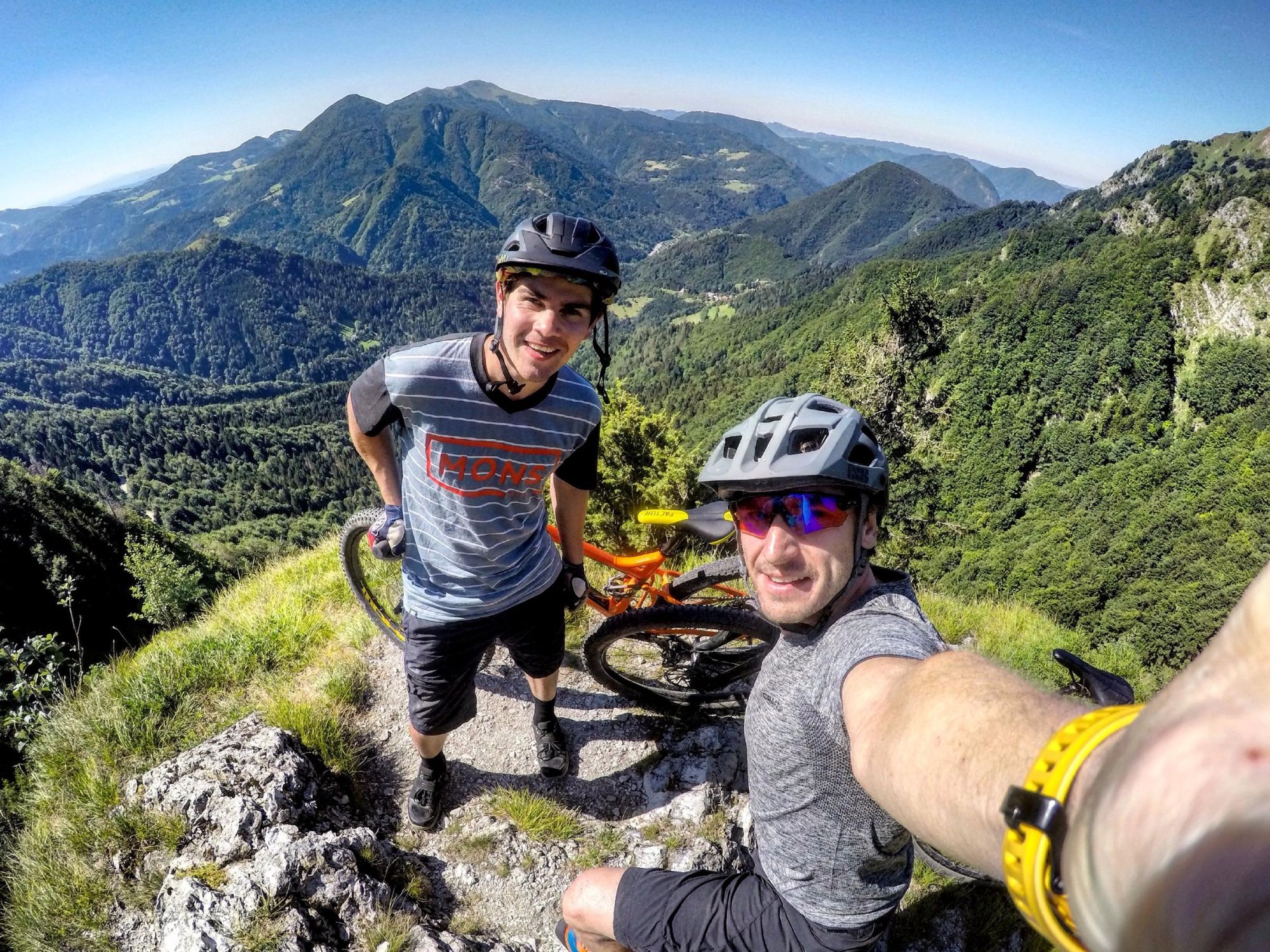
While Slovenia is now well known for its hiking (and indeed its cycling, thanks to Primož Roglič and a certain Tadej Pogačar), fewer people are aware that the mountain biking in the country is also world class.
Look no further than Bike Nomad for your starting point. The 15 miles (24km) of marked singletrack at Jamnica runs through forests and mountain vistas, and this crew - led by local Dixi Štrucl - dug it all themselves over the past three decades.
In the past here, skiing used to be the number one sport. Now it's mountain biking...
“In the past here, skiing used to be the number one sport,” he told me, way back in 2016. “Now it’s mountain biking, and it’s only going to keep getting better.”
Elsewhere, the bike park at Kranjska Gora is one of the better known spots for downhill having hosted several international events, while the mountain trails above Bohinj can offer sensational views out over the Soča Valley and beyond - as long as you don’t mind pedalling uphill, on steep gradients, for a long time.
“This is actually bear territory,” I remember my guide, Grega, telling me as we made our way out of Bohinj. “But if we see a bear, we buy a lottery ticket!”
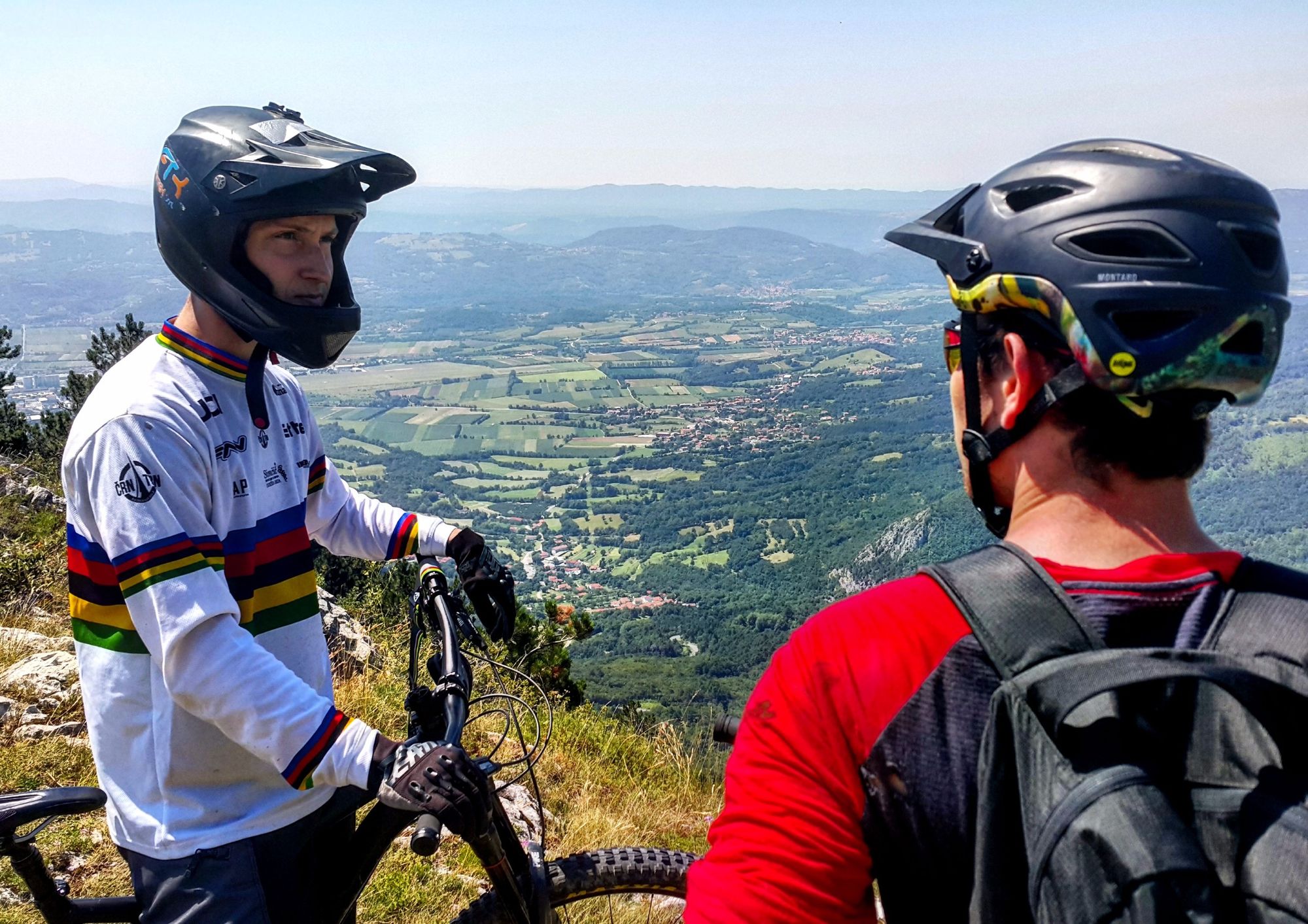
A lesser known spot to ride is Ajdovščina in the Vipava Valley (in west Slovenia). I had the chance to ride with the 4X world champion at the time, Mitja Ergaver, back in 2017 (or at least, I had the chance to ride far behind him, and have Mitja patiently waiting for me each time I got to the end of a trail).

“There are mountain bike trails for everything,” Mitja told me. “If you want views you can head right to the top, but if the weather is bad, stay lower down. You have a mix of everything here, which is great, and it’s all natural terrain.”
The setting of Ajdovščina, surrounded by mountains, means that it’s hidden from the wind, and has the perfect year-round climate for mountain biking, a little like Madeira but with significantly less traffic. Incidentally, this also makes Ajdovščina a paragliding haven. There’s a great youth hostel and you can drink at Pelicon Brewery after riding. The name of their beer ‘Out of China’ is a play on the manner in which tourists usually mispronounce the town name.
Goriška Brda is a secret wine paradise
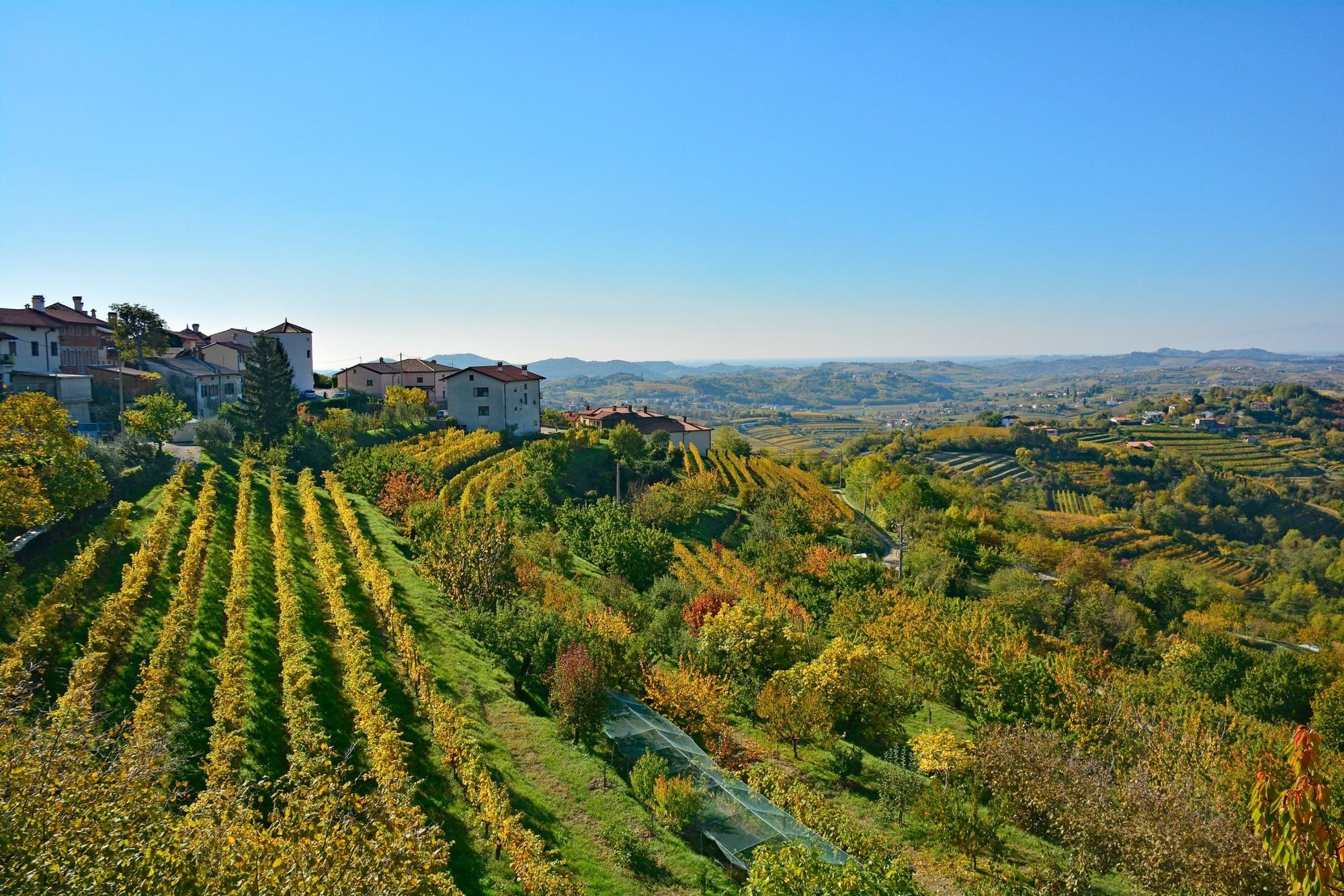
Goriška Brda is a place which defies every stereotype of Slovenia. One look out over Smartno, the historic capital of the area, and you’d think you were in Tuscany. Rolling hills are dotted with idyllic villages, olive groves and vineyards.
Goriška Brda is in the Collio region, which is shared with Italy (the border being a few miles away), and which sits between the Mediterranean Sea and the Julian Alps. The area has a climate which lends itself well to wine.
The native grape variety here is Rebula (known as Ribolla Gialla in Italy). It’s a rising star in the white wine world, and is being used to make everything from sparkling wine to sweet and orange wines. The hallmark is the minerality.
Goriška Brda is a place which defies every stereotype of Slovenia.
It’s largely small, family-run operations you'll find here. The land is so steep that it doesn’t allow for machine work, so most grapes are harvested by hand.
When I first explored this region, I did so on a casual cycle with a local. This was roughly 10 years ago and certainly back then, you could simply roll up to the house of one of the many wine producers, knock on the door and ask nicely, and a few minutes later, you’d be sitting in their front yard or at an old wooden table inside, sampling some of their produce while they talked you through it. I’m unsure if that sort of idyllic, rustic protocol still exists, but I remember it fondly.
Don’t just take my word for it on the Goriška Brda wines, either. Chef Ana Roš often includes wines from Goriška Brda on her menus - so you know it's good. This is a place which remains far from the tourist radar, but which bites deep.
Embrace the mountain hut culture
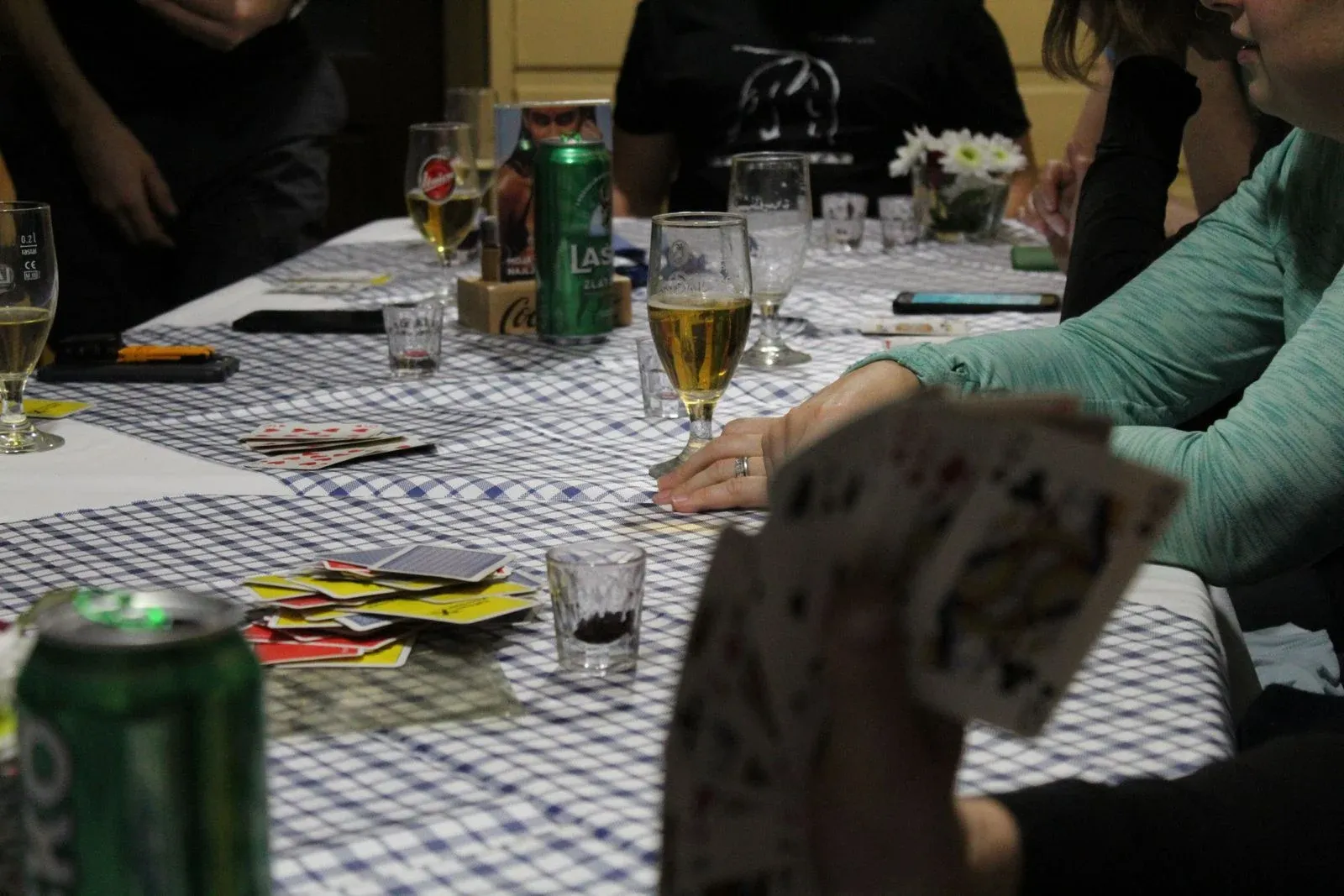
Accomodation in Slovenia varies hugely. If you're looking for boutique stay in a popular area, check out Sunrose 7 in Bohinj or the treehouses at Garden Village Bled. There are also excellent youth hostels - but we love a mountain refuge.
If you're heading up to Triglav, odds are you'll spend the night in the Kredarica Hut. Even if you're not heading up Slovenia's highest summit, though, we'd recommend a route which sees you stay in one of these refuges, which usually require a hike of at least a couple of hours to reach. This breeds a great culture.
Have a look at the Dom na Kofcah Mountain Hut, specialists in štruklji (cheese dumplings)...
People are keen to chat about their hike after arriving, and there's usually a great menu of hearty local food served up. They often cook hotpot dishes in huts, such as jota (a sauerkraut and bean stew) or ričet (smoked ham and barley soup).

After that a few guarantees are: a pack of cards, beer or locally-made schnapps and a stunning view out the front door. This is an inexpensive way to spend a memorable night. Bring earplugs for shared rooms, and book in advance.
If you'd like some recommendations, have a look at the lovely Dom na Kofcah Mountain Hut, specialists in štruklji (cheese dumplings), the Valvasorjev dom pod Stolom refuge, which makes fresh bread for guests, or the Roblekov dom na Begunjščici hut, which has its jota supplies delivered by horse and carriage.
Inspired? Check out our range of adventure holidays in Slovenia now!

